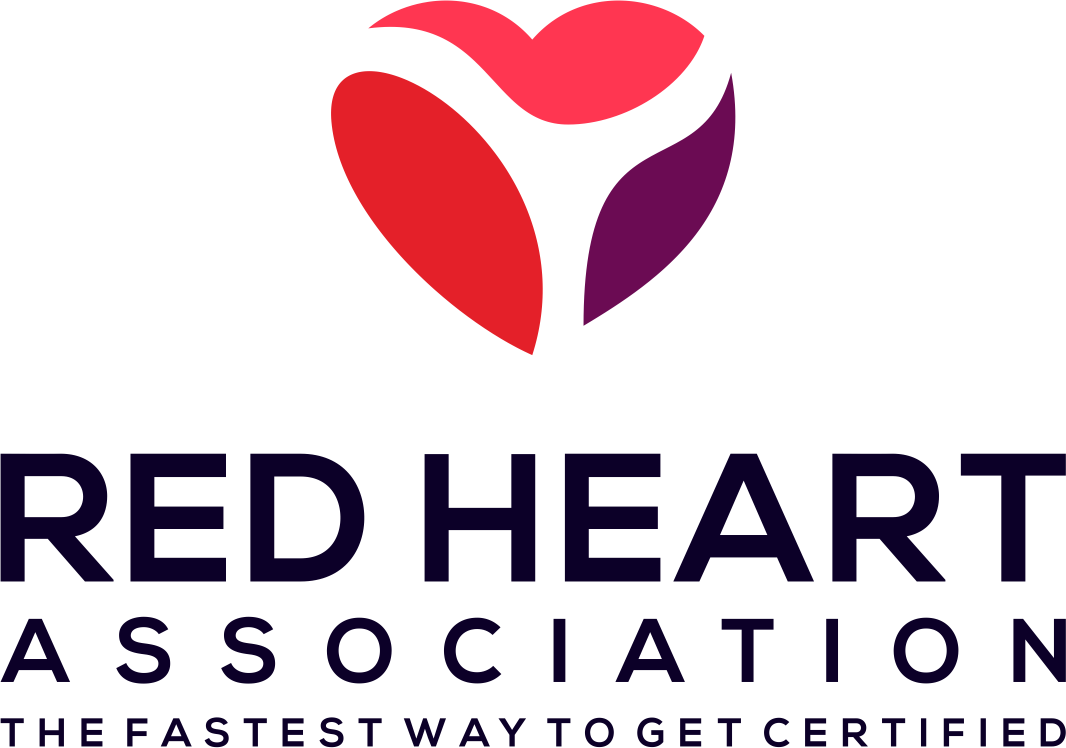AED Use for Children and infants
- Use pediatric pads if available. If none, adults pads are OK to use.
- Infants 1 and younger place pads always using anterior/posterior placement. Apply one pad in the front of the infant’s chest and one on the patient’s back between the shoulder blades.
- Children 8 and younger, pads can be placed according to the manufactures’ diagram.
- NEVER use pediatric pads on an adult 8 years or older or over 55 lbs. The shock will NOT be sufficient.
- AED models vary depending on the manufacture. Open the AED or remove it from its case. Some will have a power on button and others will turn on automatically when you open the lid. Listen and follow the AED’s prompts.
- Remove any clothing or jewelry to expose the patient’s care chest. Wipe dry if necessary.
There are 2 types of placements:
- As per the instructions of the manufacturer use an anterior and lateral pad placement.
-This is the most common placement for adults.
-Put one pad on the right side below the collar bone.
-Put the other pad on the left breast plate just few inches under the armpits.
- Or put the anterior/posterior placement as per the instructions of the manufacturer.
-This is the most common placement for infants and small children in order to prevent the pads from touching each other.
-Put one pad in the middle of the patient’s chest on the sternum.
-Put one pad in the middle of patient’s back between the shoulder blades.
- Listen for the AED prompt that may ask you to press the analyze button.
- While the AED is analyzing, in a loud commanding voice ask everyone including yourself to clear, stand back, and no one should be touching the patient.
- If the AED determines shock is advised, in a loud commanding voice ask everyone including yourself to clear, stand back, and no one should be touching the patient.
- Press the button of the shock to deliver the shock.
Continue CPR immediately starting with chest compressions followed by rescue breaths for 2 minutes until:
- The AED indicates analyzing data.
- The patient becomes responsive.
- EMT arrives and takes over.
- Pregnancy: It is harmless to use an AED on a pregnant woman. It gives the mother and her baby the best chance at survival.
- Pacemakers (ICDs): An AED can be used on a patient with a pacemaker or an ICD. Avoid placing AED pads directly on the device.
- Chest hair: If the patient’s chest hair won’t allow the pads to stick on, quickly shave the area where the pads are to be positioned before attaching the AED pads.
- Water: If the patient is lying in a large puddle or submerged in a water body, remove them from the water before using an AED. Do not let the AED or AED pads get wet.

